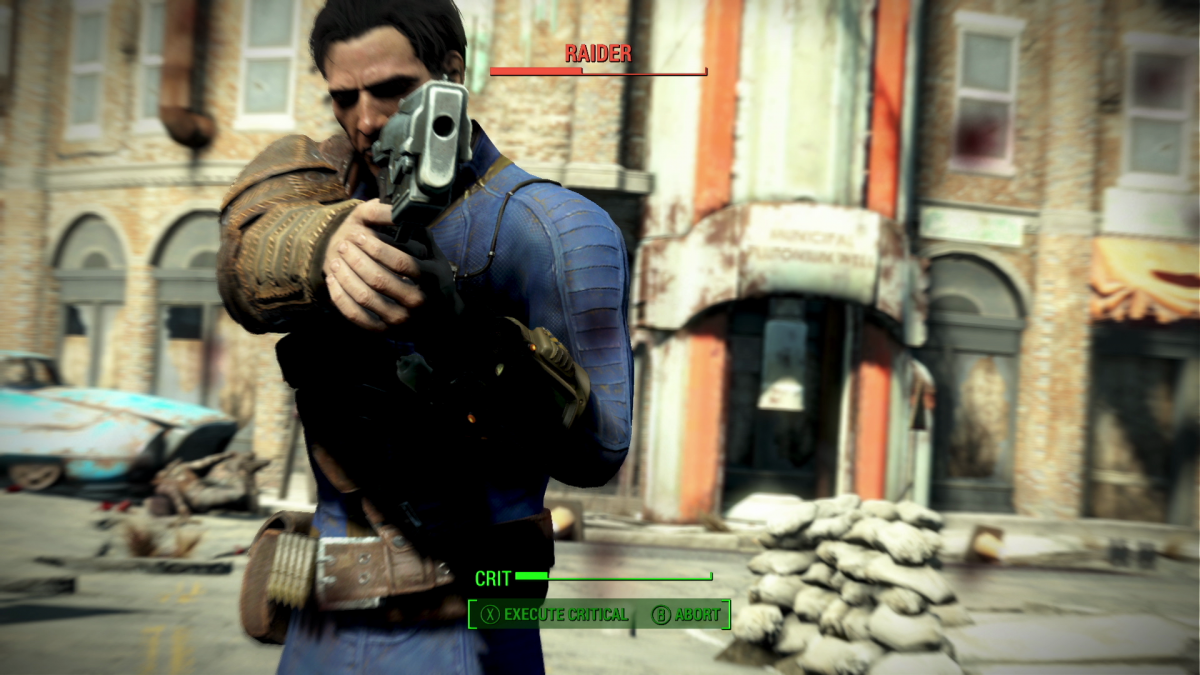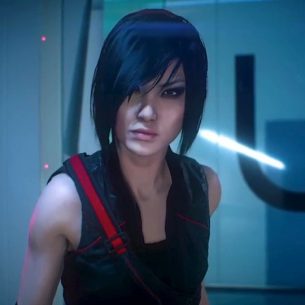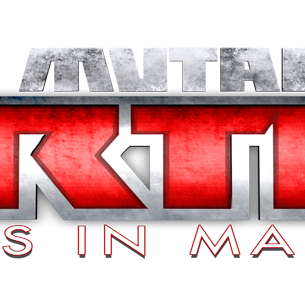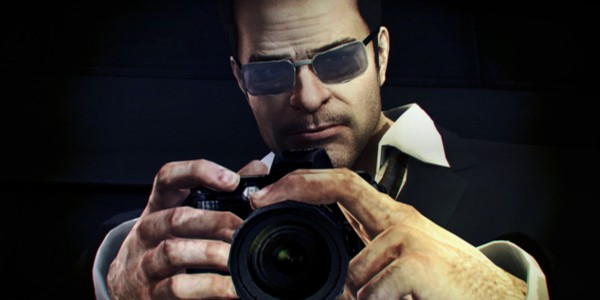Archive Post
Home / June 2016
Fallout mods are appearing on Xbox one with out the owners premission
Remember when Microsoft announced it was bringing (limited) mod support to the Xbox One? Well they…
Hands On: Mirror’s Edge Catalyst
Parkour wunderkind Faith Connors returns in this reboot of the 2008 classic, Mirror's Edge which is out…
Review: Teenage Mutant Ninja Turtles: Mutants in Manhattan
If you grew up in the 90s you probably remember the Teenage Mutant Ninja Turtles.…
Dead Rising 4 Leaks Ahead of Official Unveiling Next Week
It looks like the cat is out of the bag for one of Capcom's big…




